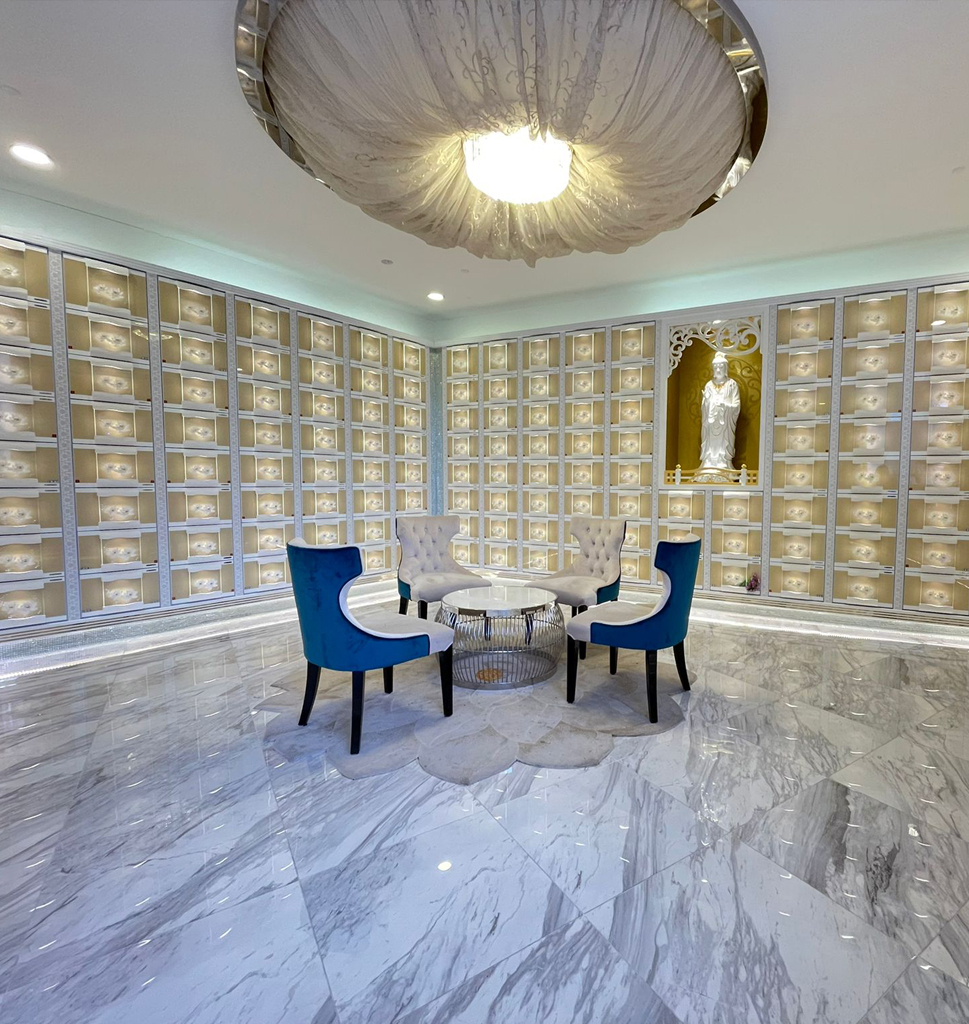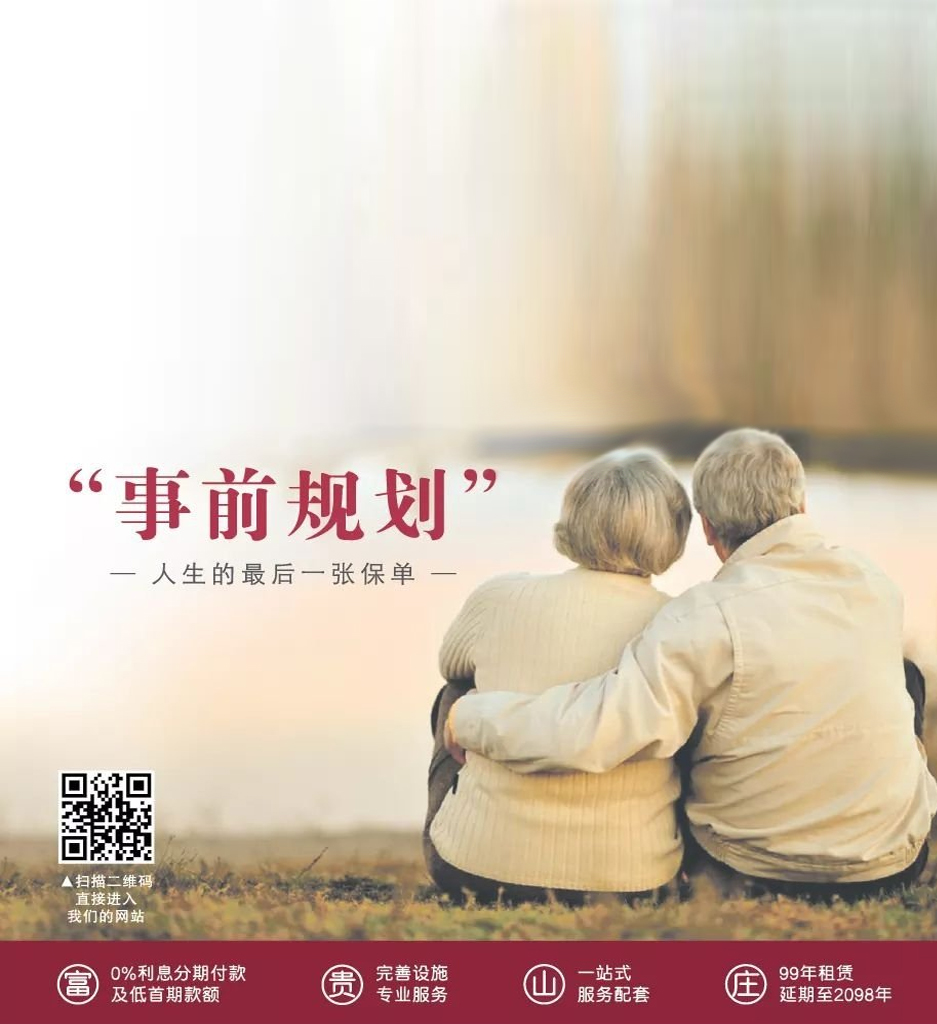骨灰位又或称福位,当人往生以后火化留下来的骨灰会放进一个骨灰盒或者叫骨灰瓮。而骨灰盒或者骨灰瓮会被收放进一个个的小隔间中。这些小隔间就叫做骨灰位或者叫福位。而这些骨灰位或者叫福位组成的房间或建筑就会被称叫做骨灰堂,或者是骨灰塔、灵骨塔也可以称这为浮屠。 新加坡富贵山庄生命纪念馆是一间现代化的骨灰塔。富贵山庄(新加坡)拥有自己独特的设计风格,同时也配合风水格局的设计。庄严祥和的大堂,宽敞舒适的环境是一个最为理想的安息之地,福泽后人昌顺,健康,长寿。 富贵山庄(新加坡)也配有价格优惠的单人,双人或家族位。不论是佛教徒、道教徒、天主教徒或无神论者都可以在富贵山庄(新加坡)找到适合自己的福位。

骨灰位新加坡
骨灰位在新加坡大概开始于1940年代,到了60年代新加坡政府大力支持與推廣火化和骨灰安置所, 以节省土地的使用率。
骨灰位在新加坡也称为福位、长生位或福寿位。安置骨灰位的地方一般被称为骨灰安置所、灵骨塔、纳骨塔或生命纪念馆。新加坡富贵山庄生命纪念馆就是其中之一。还有人们常说救人一命胜造七级浮屠,这个浮屠指的也就是纳骨佛塔位,佛塔主要是收藏佛经或是僧人的骨灰,以入塔为尊。
往生者火化以后,人们会把往生者的骨灰放进骨灰瓮或者骨灰盒,再把骨灰瓮放进骨灰位在新加坡。
新加坡富贵山庄是以:寺庙与塔位二合一骨灰殿,以排列了井然有序和明亮宽敞的厢房著名,风水布局与精心打造的六星级骨灰殿,清净高雅的环境。内有庄严菩萨金身佛像,普渡逝者往生极乐。
新加坡富贵山庄生命纪念馆,也是让后代孑孙聚集的一个好地方,在一些华人重要的节日,比如华人新年。你会看到很多温馨的场面。正月初一后代子孙约在富贵山庄,穿着新年衣服,女孩们穿着旗袍,手上拿着橙一起跟先人拜年。延续着慎终追远的华人传统与孝心。
新加坡富贵山庄设有单人位、双人位、四人小家族位、8人,12人、16人和24人家族位以供不同需求的家属选择。
In many families, discussing one’s mortality is an extremely uncomfortable topic. But it is a topic that should be discussed and planned for well in advance.
Most people always say, “Let’s think about it when that happens.” But when that
happens, do we really have time to think? It is important to realize that the ritual
of a funeral and/or memorial service is not for the deceased but for the living.
According to the study, family member have to make 70 to 75 decisions within first 1-2 days after the loved one departs! It is difficult to make the decision rationally within short time.

